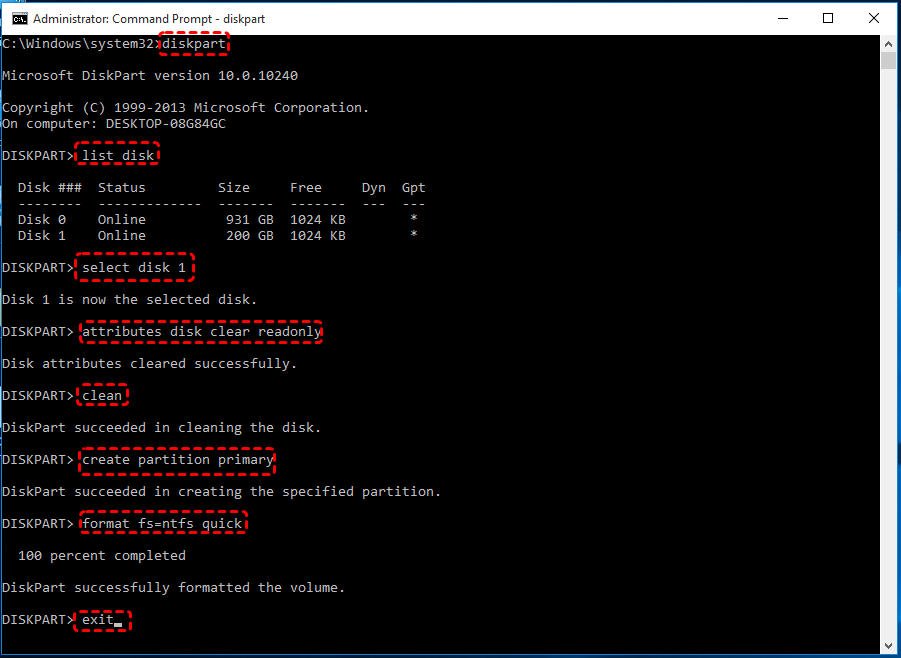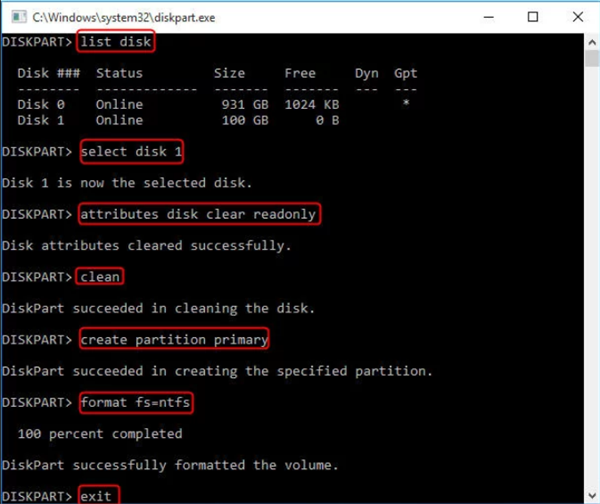

If so, connection string parameters will override any conflicting command line options.

This is equivalent to specifying dbname as the first non-option argument on the command line. Specifies the name of the database to connect to. Switches to CSV (Comma-Separated Values) output mode. If having several commands executed in one transaction is not desired, use repeated -c commands or feed multiple commands to psql's standard input, either using echo as illustrated above, or via a shell here-document, for example: (See Section 55.2.2.1 for more details about how the server handles multi-query strings.) Because of this, the server executes it as a single transaction even if the string contains multiple SQL commands, unless there are explicit BEGIN/ COMMIT commands included in the string to divide it into multiple transactions. To achieve that, you could use repeated -c options or pipe the string into psql, for example:Įach SQL command string passed to -c is sent to the server as a single request. Thus you cannot mix SQL and psql meta-commands within a -c option. When either -c or -f is specified, psql does not read commands from standard input instead it terminates after processing all the -c and -f options in sequence.Ĭommand must be either a command string that is completely parsable by the server (i.e., it contains no psql-specific features), or a single backslash command. This option can be repeated and combined in any order with the -f option. Specifies that psql is to execute the given command string, command.

This is equivalent to setting the variable ECHO to errors. Print failed SQL commands to standard error output. (The default output mode is aligned.) This is equivalent to \pset format unaligned. (This does not apply to lines read interactively.) This is equivalent to setting the variable ECHO to all. Print all nonempty input lines to standard output as they are read.


 0 kommentar(er)
0 kommentar(er)
